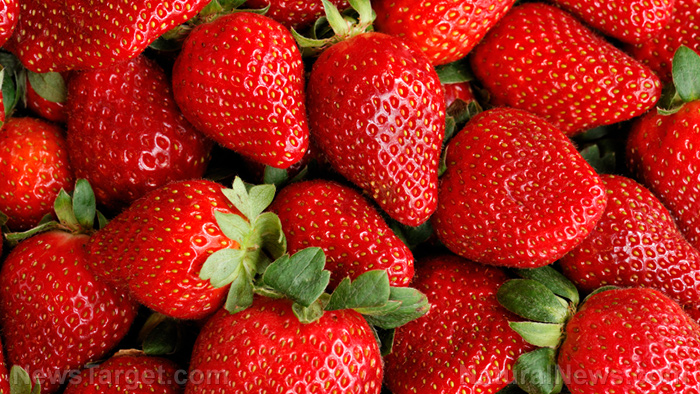Hidden allergen ingredients in food are silently killing you
12/06/2016 / By ingredientsnews

You’ve probably seen it on the labels of your favorite foods and supplements: “may contain trace amounts of soy, wheat or dairy” – or something along those lines. It’s a standard warning placed on products that may contain trace amounts of allergens due to their processing on shared equipment, and something that’s meant to protect those with strong sensitivities to allergenic substances from being harmed by their consumption.
Unless a food or supplement is produced on its own dedicated equipment, it more than likely contains trace amounts of ingredients not indicated on its label, hence the need for such a disclaimer. But researchers from Germany may have discovered a scientific breakthrough capable of removing these hidden allergens during processing, or at least neutralizing them so consumers aren’t placed in harm’s way.
Dubbed the “LowAllergen Project,” the effort by scientists from the Fraunhofer Institute for Cell Therapy and Immunology (IZI) involves developing stronger sensory technologies for identifying allergens, as well as tools capable of detecting and reducing them in foods and supplements. In cooperation with Leipzig University Hospital, the goal is to address proteins in particular, which are what trigger allergic reactions in the first place.
“To date there are no food products, except for baby food, that are hypoallergenic and contain few allergens,” says Dr. Michael Szardenings, a group manager at IZI leading the project. “The production of such products is very complex. One reason for this is that although the allergenic components of food ingredients can generally be detected, to date, it is not possible to determine their specific allergenicity.”
Allergies can be minimized if properly addressed during food production
The way an allergic reaction goes is something like this: Proteins that don’t get enzymatically broken down or that the body decides to attack as a foreign invader enter the blood, spurring the production of antibodies. These antibodies go on the attack against the rogue proteins, creating inflammation and what many people who suffer from it quickly recognize as an allergic reaction.
Generally speaking, identifying these allergens – and more specifically, their precise modalities of allergenicity – is a crude practice. At the current time, there simply aren’t effective ways to pinpoint all the molecular sections of allergens in order to disengage them, something that researchers at IZI hope to overcome as they develop novel methods of eliminating the hidden ingredients in food that are harming people with allergies.
“The human body can develop antibodies against all kinds of foreign substances,” Dr. Szardenings adds. “According to our findings, in the case of soy, this occurs in more places in the allergenic proteins than expected. Antibodies activated in a person with an allergy are directed against specific molecular sections of the allergens. Patients react to these molecular sections, known as epitopes. We were able to identify 374 allergy-relevant epitopes.”
In the case of soy, the team was able to modify its protein isolates in such a way as to make them less allergenic. Using a variety of methods, including heat, plasma, pulsed ultraviolet (UV) light, gamma radiation and high pressure, as well as chemical, enzymatic and fermentative processes, they found that alterations are possible that make allergens in food less allergenic.
“We have already filed a patent application for the production of hypoallergenic protein preparations,” says Dr. Peter Eisner, a scientist at Fraunhofer IVV and project coordinator.
Besides allergens, there are all sorts of other contaminants hiding in food that many people are unaware of. Mike Adams, the Health Ranger, dives deep into this subject in his new book Food Forensics, which sheds new and important light on the presence of not only allergens in food, but also heavy metals, crop chemicals and other toxins.
Sources for this article include:
Tagged Under: food, Silent Killer




















